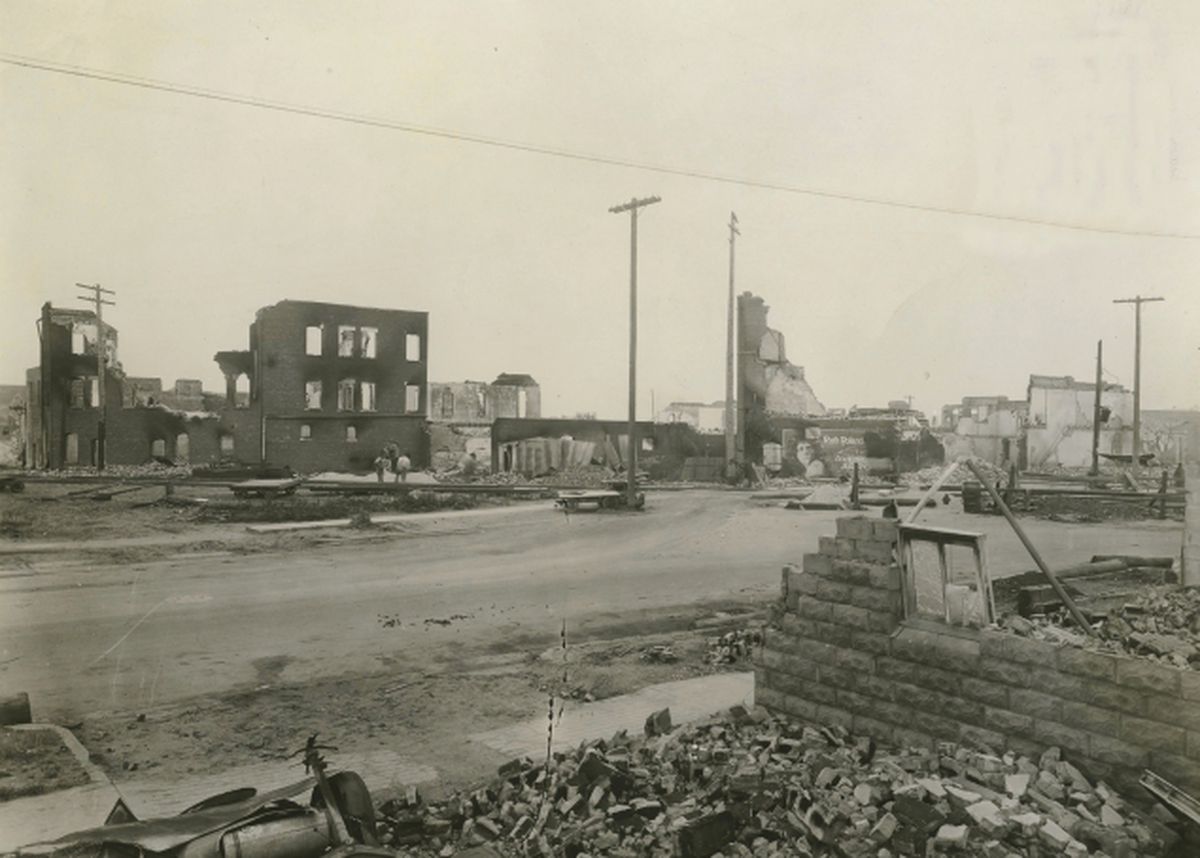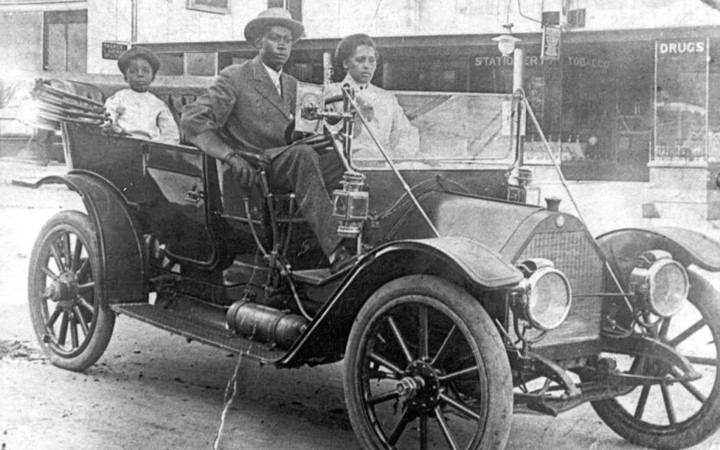
How do we work through generational trauma? How do we confront and transform histories of abuse on Black bodies?
We face our history. Head on. Here's a look back in time at the immediate aftermath of the 1921 Tulsa Race Massacre: THREAD
We face our history. Head on. Here's a look back in time at the immediate aftermath of the 1921 Tulsa Race Massacre: THREAD
Wide view of Downtown Greenwood showing burnt-out, leveled buildings in the immediate aftermath of the Massacre, 1921. Two men stand in the middle of the street talking, one with a gun slung over his shoulder. (1/5) 

Greenwood Massacre Refugees standing outside of unknown building. In the wake of the Massacre, approximately 6,000 Black Tulsans were forcefully detained in internment camps guarded by armed men and forced to work for free as virtual slaves for the City of Tulsa. (4/5) 

Destruction in the aftermath of the Massacre, 1921. To the left is Historic Vernon A.M.E. In the background are a few homes and buildings that did not get completely destroyed during the Massacre. (5/5) 

• • •
Missing some Tweet in this thread? You can try to
force a refresh






